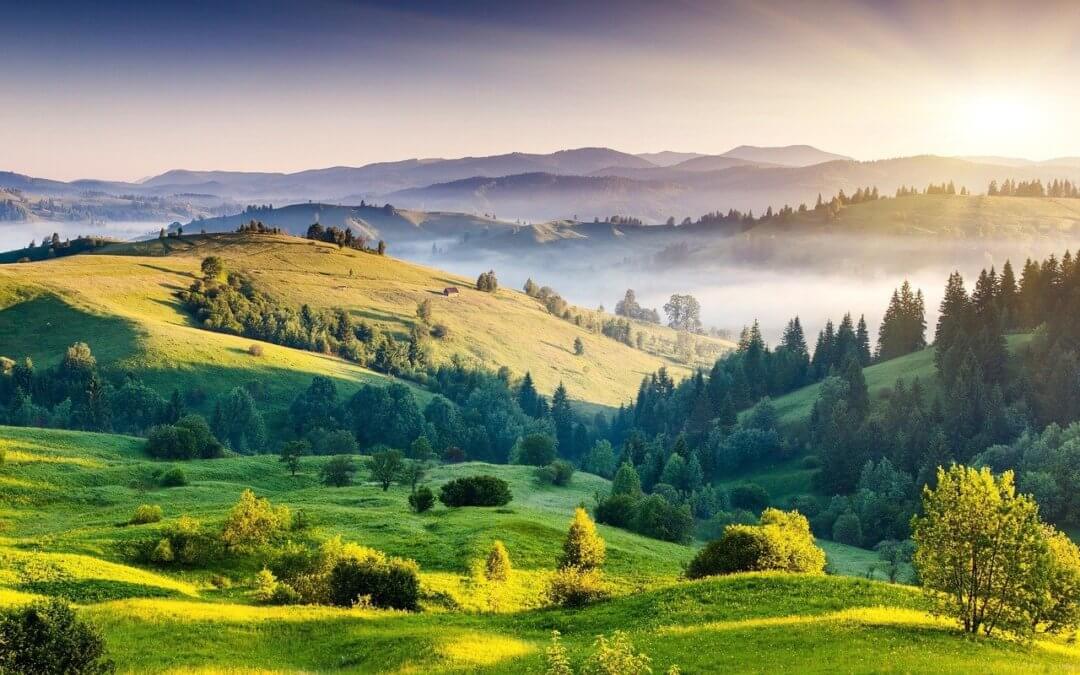Landscape photography is an incredibly complex genre than you think. It always feels like we should learn everything the best about landscape photography yet somehow we keep our interest in beautiful landscape photographs in our minds.
The word Landscape originates from the mid-Dutch term Lagenscap and “scap” is an exact English word for vessel. We will take a brief look at the history in landscape photography talk about a few iconic landscape photographers that eventually became legends in a previously legendary form.
We also outline a few traditional landscape photographs that will give optimum impact on landscape images.
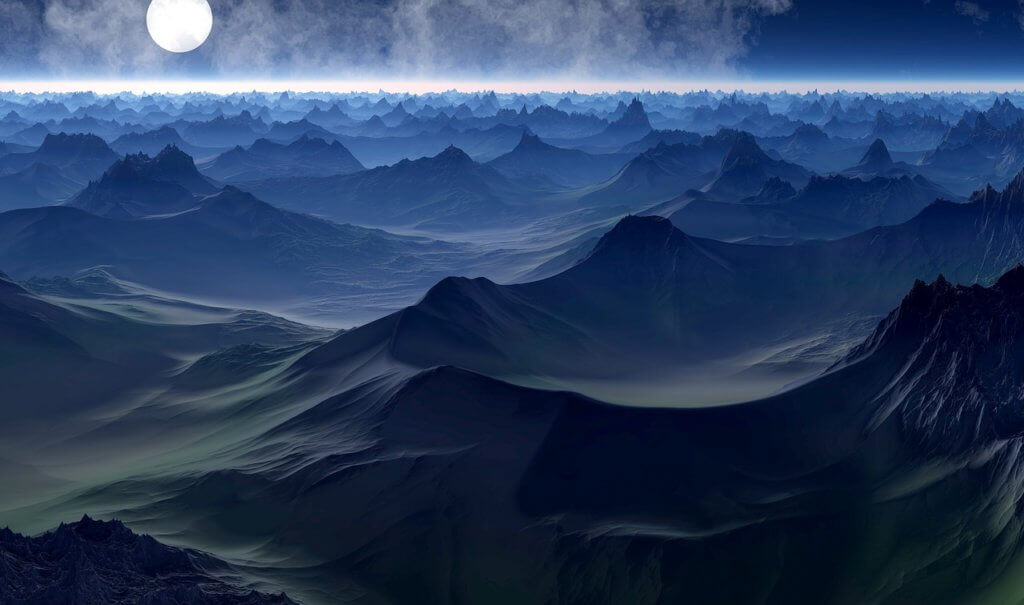
Landscape photography Definition
Modern landscape photography definitions are broad: Land or sea, urban or nature, big or small – that’s what you mean by landscape photography.
Landscape photography does not have arbitrary rules. This signifies something different for each photographer which is a good thing. Certain photography experts see architecture as capturing landscape and architecture.
Others photographers consider wildlife photography a matter of nature and not a single animal.
When you restrict the definition of landscape photography you are putting some boundaries around something that must be creative and limitless.
It’s about leaving your tripod in the car so that there are no clouds in the sky.
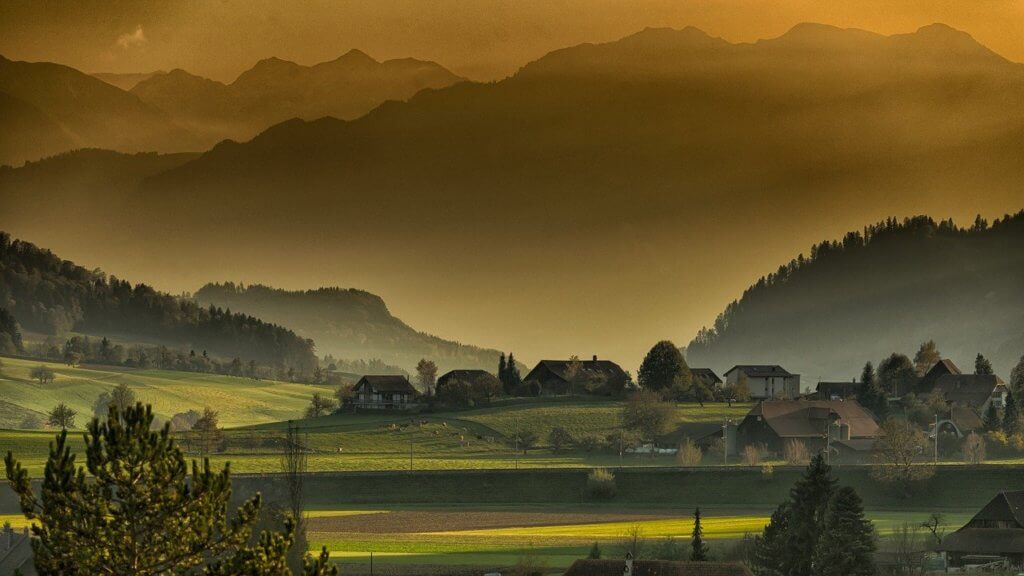
An abbreviated history of landscape photography
The oldest surviving photograph is this Pewter plate by Nicolas Nicéphore Niétace, which is credited with the introduction of Landscape photography.
The use of the word landscape has experienced a considerable spike over the past 25 years at least in literary form.
There appears to be a dramatic increase in land-based ‘landscape’ and landscape uses with more common digital cameras internet and social media available.
We can capture some new natural scenery. Painters of all kinds have drawn their aesthetic muses from the landscape for hundreds even thousands of years. Since photographing is a relatively new visual art.
Consider the sky
The vast majority of landscapes typically have a dominant foreground and a dominant sky. If the sky’s been full of magic and interesting cloud configurations and colors, now let them shine! Place the sky at the bottom of the picture to focus on the heavens.
Consider retaining skies, either during postproduction or using filters to add color and contrast. For example, you can use polarizing filters to add contrast and color in skies.
In landscape photography, you should think of the sky especially in the foreground when you want to make sure your foreground is interesting but never let it control your shot.
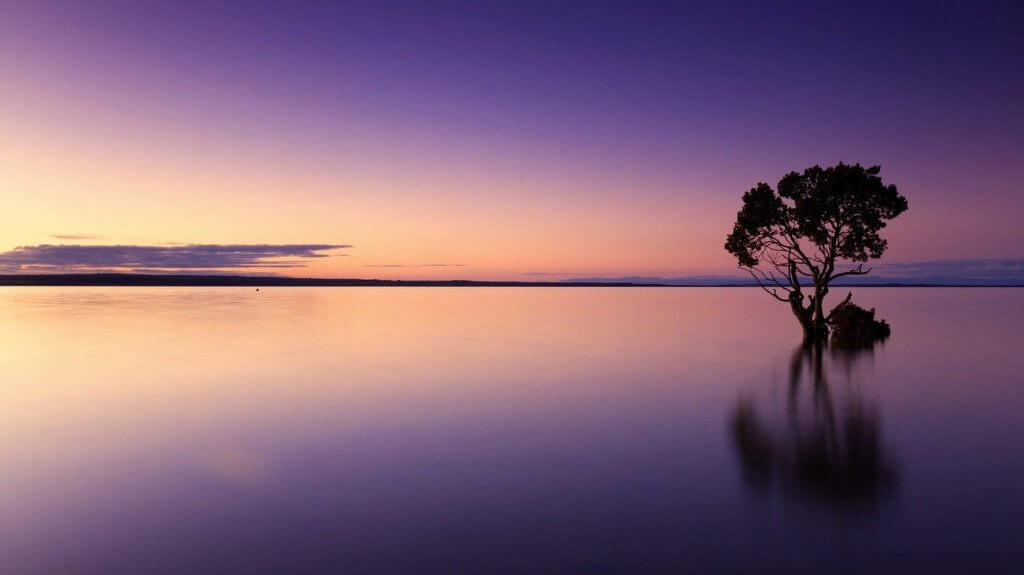
Types of landscape photography
The mountain landscape consists mostly of mountains the urban environment represents city skylines and urban sprawl, seasides capture oceanographic views etc.
The real composition of the photograph decides the suffix for “scape. “.
There are a handful of breeds of landscape photography that cover all photos regardless of their scapeism…scapery…scapeatitude? ‘I understand what that’s really about.
Cityscapes are a type of landscape.
The mountain landscape focuses mostly on the mountains. Seascapes are composed of the ocean and mountains. City landscapes are urban landscapes or city landscapes.
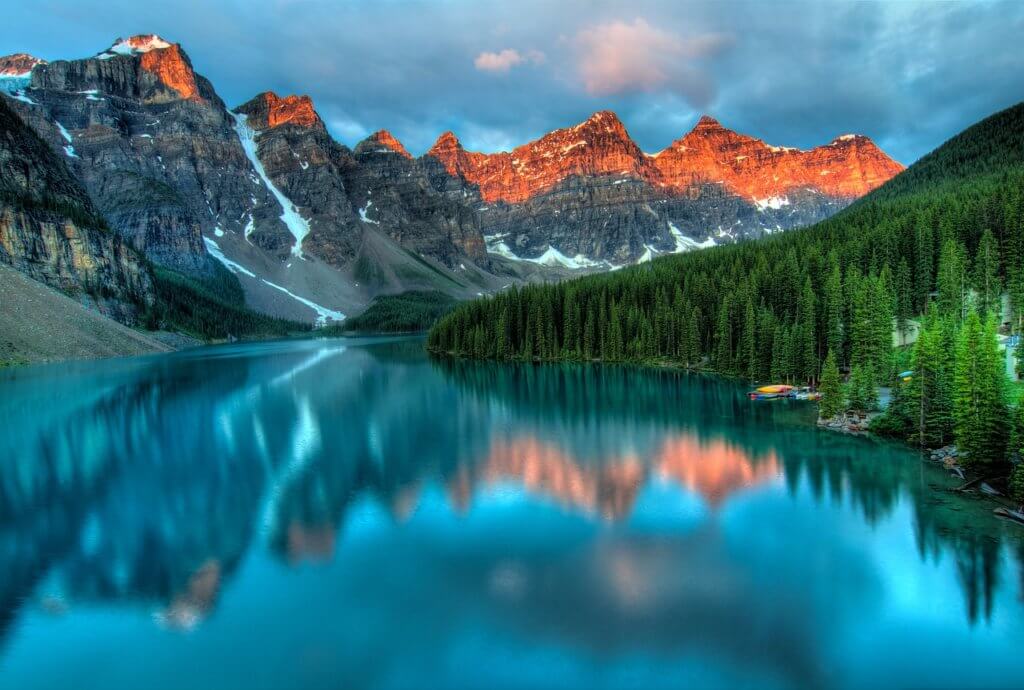
Nature or landscape?
Some people think of nature photography as synonyms of landscape photography though the terms are distinct. It should be thought of as a landscape picture.
But nature photography is typically considered a separate genre just because many photos of our natural world focus on finite environments.
Conversely, landscape photos are vast scale renderings of both natural and manmade settings with various elements such as people animals, structures and objects.
The difference is nature photography crosses over to landscape photography and vice versa.
The difference between nature and landscape photography is difficult to define when nature crosses over to landscape photography and not all landscape photography has to be nature photography. Damon Welch’s photograph.
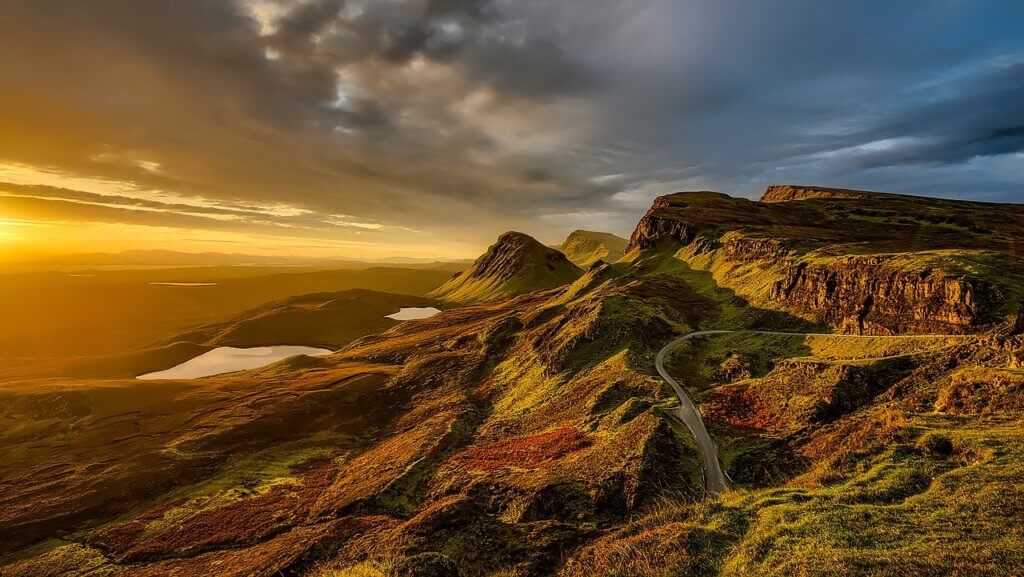
Representational
Representative landscape photography captures and manipulates images with very little care. Additionally known as “straight-line landscapes” representational landscapes are a less interactive form to capture the landscape.
The overall appearance should show minimal outside manipulations by the photographer. This doesn’t mean they can’t change something.
This cannot be processed in a post-processed fashion but rather its total appearance can show no visible improvement. … i’ll be manipulated by shadies.
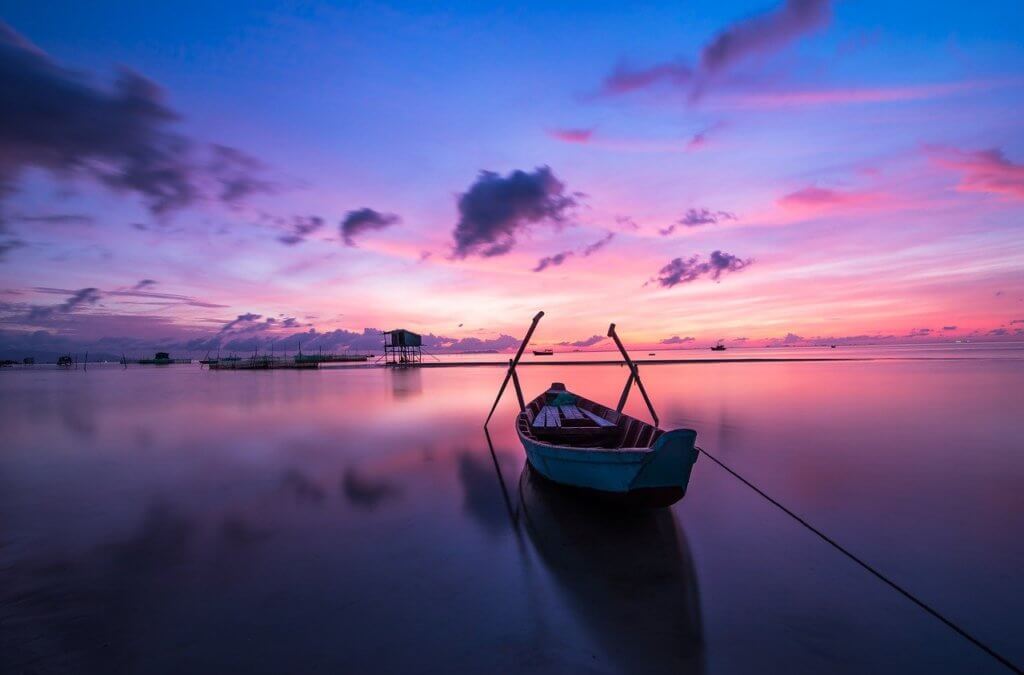
Abstract
Abstract landscape photography is a perfect way to escape creative funk should you find yourself in one. Have a look at this abstract interpretation of Sand Dunes in Death Valley National Park, California.
And this abstract rendering of the iconic Half Dome of Yosemite expressed in the water of the Merced River is also a soothing way to breathe new life in.
All the images are taken by Adam Welch on behalf of the National Geographic Association of the World’s top landscape photographers who have never been photographed in such an abstract style.
Impressionist
An impressionistic landscape is one that allows for a great degree of flexibility for the final landscape photography.
These may include photo blending and other blatant digital manipulation. Impressionistic landscape photography is a little difficult to find because it is not simply abstract but not quite representational either. It allows the photographer an opportunity to expose his creativity.
Photograph by: Adam Welchin for more information on such art. Click here for a collection of more impressionist photographs.
The art of the landscape
A well-designed landscape photo is no more a representation of a place than an interpretation.
In reality, a landscape photo can simply be a portrait of virtually any part of ‘countryscape or land’.
This does not always mean it will be an image you or someone else might want.
The way of expressing elements within the landscape that can make or break a great photograph is important for producing a great picture.
Once you understand this concept you start viewing the landscape world in a new light. An interesting landscape photograph is more a representation than an examination.
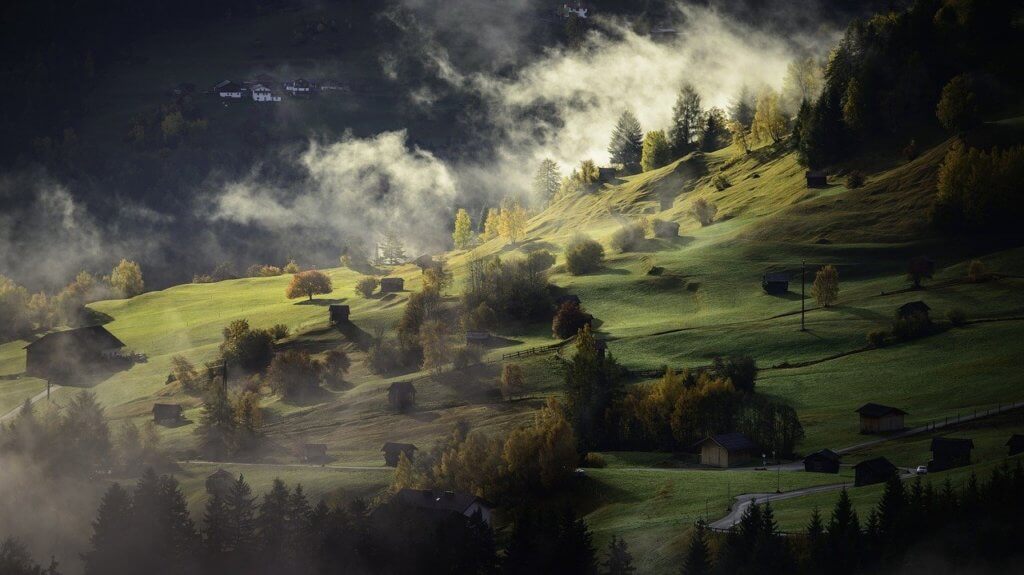
Capture movement
Tell me the best way for conveying movement in landscapes?
You could focus on trees wind in a river and clouds falling at a beach.
Can you capture that change? Capturing it generally will require a faster shutter rate sometimes several seconds!
Of course, a fast shutter time means more light hitting your sensors, so the camera would require a short aperture or a filter with an ND.
You can also choose to shoot before or during this time as there’s a little less light. You’ll also create the attention of viewers in your image and contribute drama and mood for your image. ..
Change your point of view
Take a little extra time to photograph landscapes to find a more interesting perspective. Explore the environment and experiment with different viewpoints.
You may find something special in your pictures.
Find another location to shoot from instead of the scenic lookout and explore the surroundings.
Work with the weather
A scene is dynamic depending on the weather, therefore, choosing the proper shot timing is highly important.
Look for storms, wind fog, dramatic clouds with golden sun shining on a dark sky, rainbows and sunrises, etc.
So be consistent in your use of the weather instead of waiting until the next sunny blue sky. Find wind, rain mist, and dramatic clouds.
Use these variants to create an image that has a genuine mood and disturbing undertones rather than wait for a sunny day to go out with your camera.
Use the weather to better visualize scenes with realism.
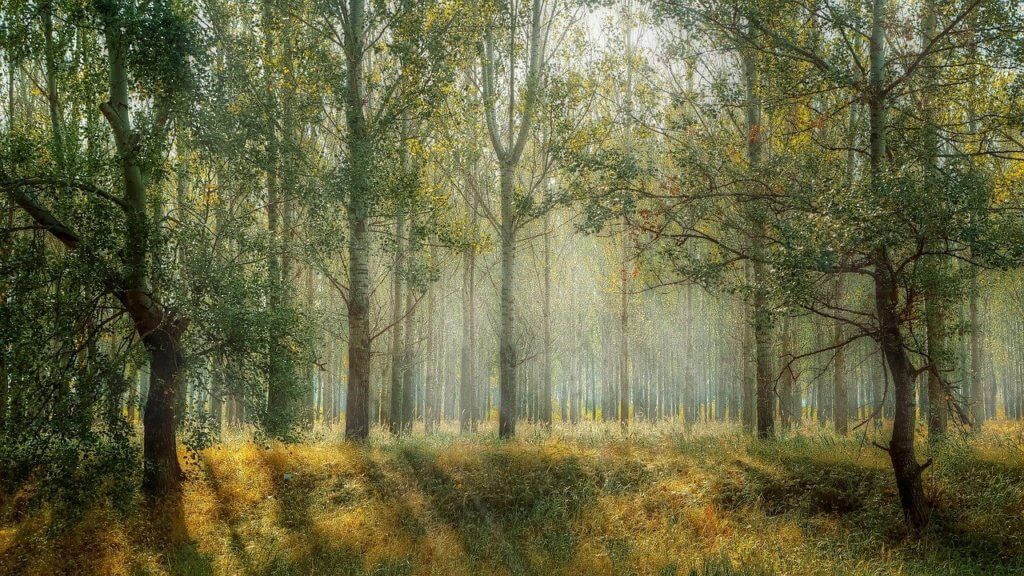
Look for a focal point
Photographs that have little or no focal elements end up looking somewhat empty. Focal Points have many forms in landscape photography. It can range from a building or structure to a stunning tree, a boulder or rock formation.
The rule of thirds can be helpful here as it helps you find the focal spot of your landscape photo.
Think not only about what the focal point is but also about the way it should be placed in the frame and how you should place it within the frame. The rule of thirds may also prove useful in such situations as.
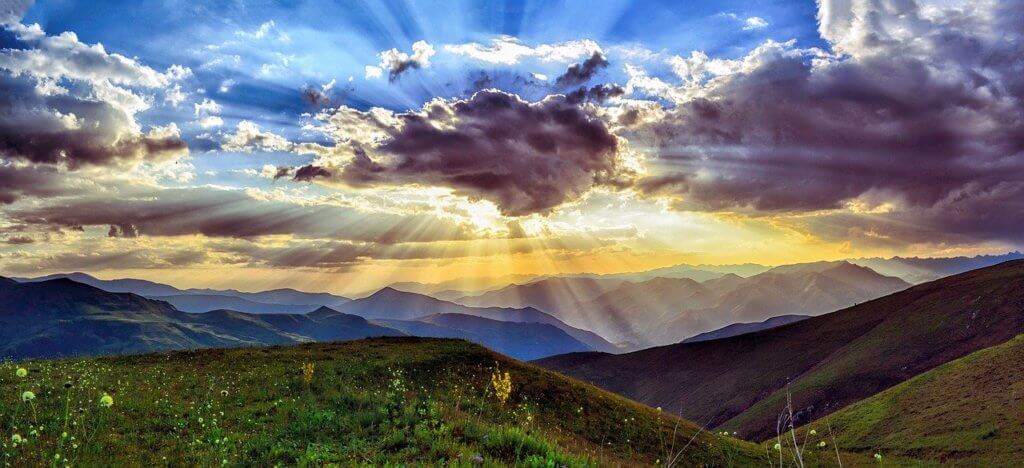
Use a tripod
A tripod stabilizes your camera and keeps your pictures sharp for 1-second shots or 5-second images. Although it’s best to shoot close with a tripod it does work.
It forces us to look at the composition in a more conscious manner.
Also to prevent camera shake from pressing the shutter button consider using a remote shutter release, or a tripod with a camera with a built-in built shutter release used to stabilize the camera’s shutter.
Which is the best camera for landscape photography?
The Nikon D850 is equipped with a highly advanced sensor and has the capacity to shoot 4K 1080p time-lapse pictures. Sony’s a600 is popular for its ultralight performance quick-focus lens – sharp and affordable value.
This option is more affordable while still providing an excellent sensor, waterproofing, and a relatively light build that makes it much easier to carry around with you.
Some great choices include: Canon EOS 6D II, $1394.95, Sony a6000 is a top seller and a good choice for landscape photographers.
Do I need a tripod for landscape photography?
A tripod will enable you to shoot longer exposures with slower shutter speeds and bigger apertures.
Costs ease of use or expenses are conversations that should take place with you. Keep your camera active and protected from the elements and find the correct density – filter.
The best way to complete the equipment is to buy a tripod for a landscape photographer.
In your case think about looking at either the lightweight carbon or the portable model, or the standard metal kind for lightweight carbon models.
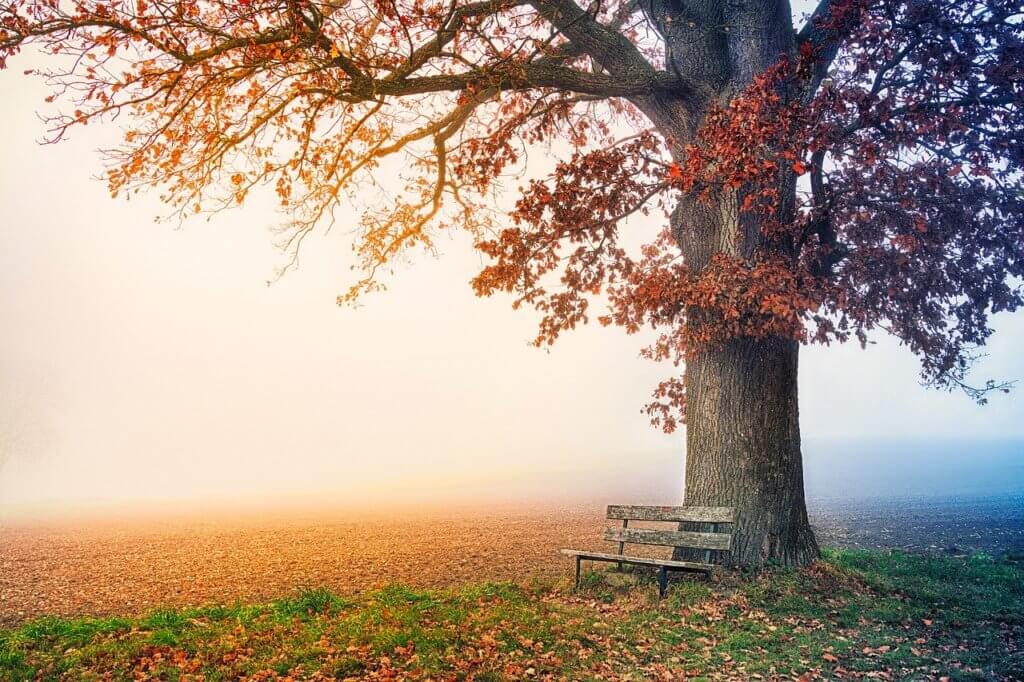
How can I make money from landscape photography?
The use of social media and a website is a necessity for landscape photography to become famous, share their work, and be digitally introduced to clients.
You can use your online platform to attract your potential clients. Or perhaps landscape photography is your secret method of increasing your Twitter followers.
Is your photography portfolio available to anyone in any form online? If you have a strong portfolio that can be shared online please share it with us by sending this information via iReport.
Giants of the landscape
This gallery includes three photographers whose photography is not so ordinary. I urge you to continue exploring both the images and to find out more about their work within the context of contemporary landscape photography.
Many of these photographers also work in other genres such as photography and landscape photography but many produce also legendary photographs across other genres. If you have more photos of the three photographers visit their site.
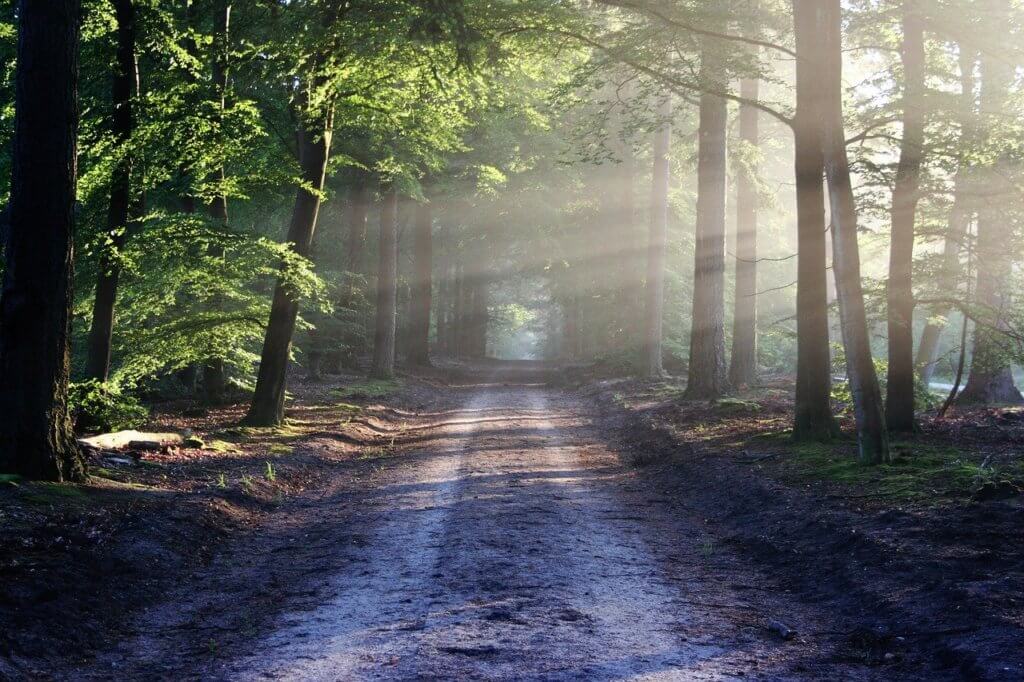
Ansel Adams
Ansel Adams has produced some of the best famous photos of the American landscape. His work of Yosemite and the southwest has retained much of its mark for other landscapes. He wasn’t simply a prolific photo maker but also his interests and influence as a naturalist author and environmental lobbyist helped shape many of the photographic and conservationist organizations of today.
You can locate an excellent photograph of Adam of the studio Ansel in some of the most well-known pictures. I’m a human person. How true is this legend? The legend of landscape photography.
That man. Mythology. Myth. The myth that most photographers idolize but aspire to emulate.
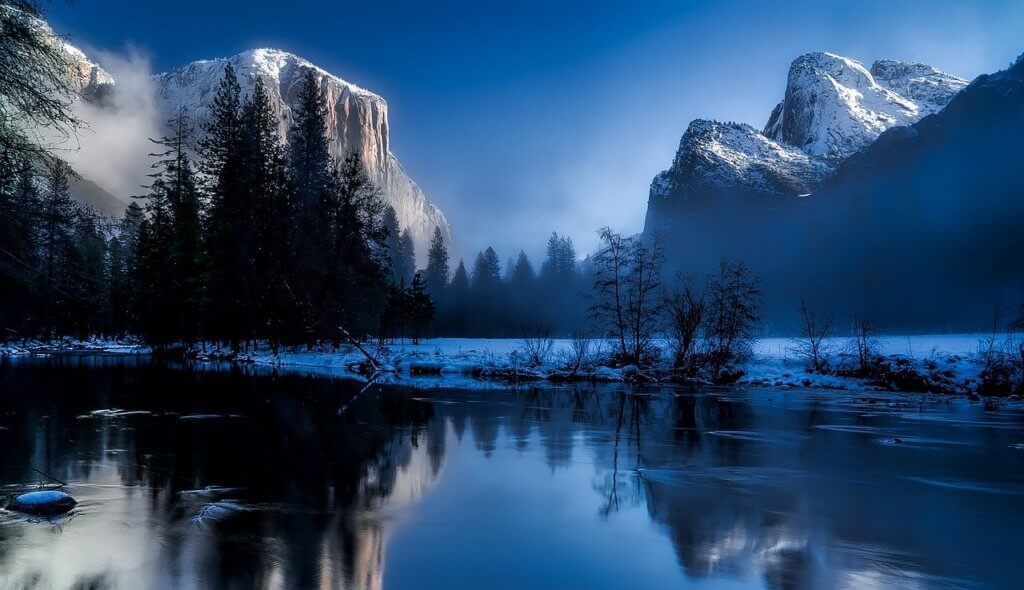
Sally Mann
This is most evident from the vast amount of collodian water plates.
Her work holds a flavor that’s enigmatically her own. Note some photos could be disturbing or unsuitable by some viewers. Please act with your own discretion and follow the discretion of a few of the readers.
There are a few other stories and photos in the book Sally’s here. You’d find lots of opinions about the work of Sally Mann. Sally Mann is an incredibly unique photographer whose work is as famous as it can be controversial.
In addition, she is known for controversial photo works. Her work is released in the book Sally Mann.
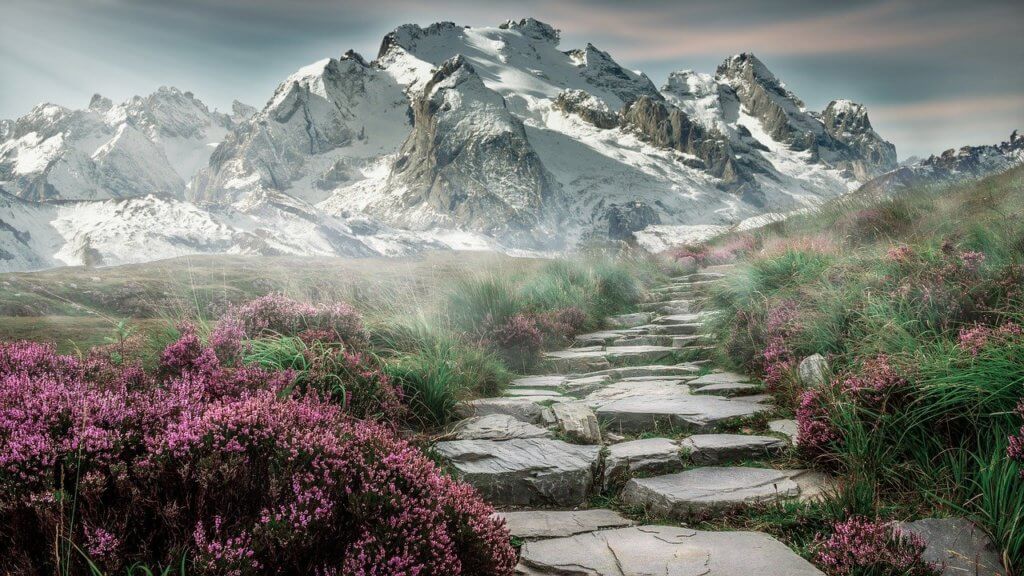
Use lines to lead the eye
The Line gives image depths and scale. Lines can provide an interesting point by creating patterns in your shot. The line is one way to take the viewer’s attention within an image.
Lines give depth and scale for an image and they can make it appealing for viewers. The road in the photo above is my most favored line to follow someone in a landscape photo.
How to photograph landscapes
In nature photography, there is nothing a hard but hard rule. There are a few methods and tips that will help you take beautiful nature photos.
As with most photography styles your skills will evolve more with each attempt to stretch your photography muscles. The next steps will be to get out for a few good nature photos and use them.
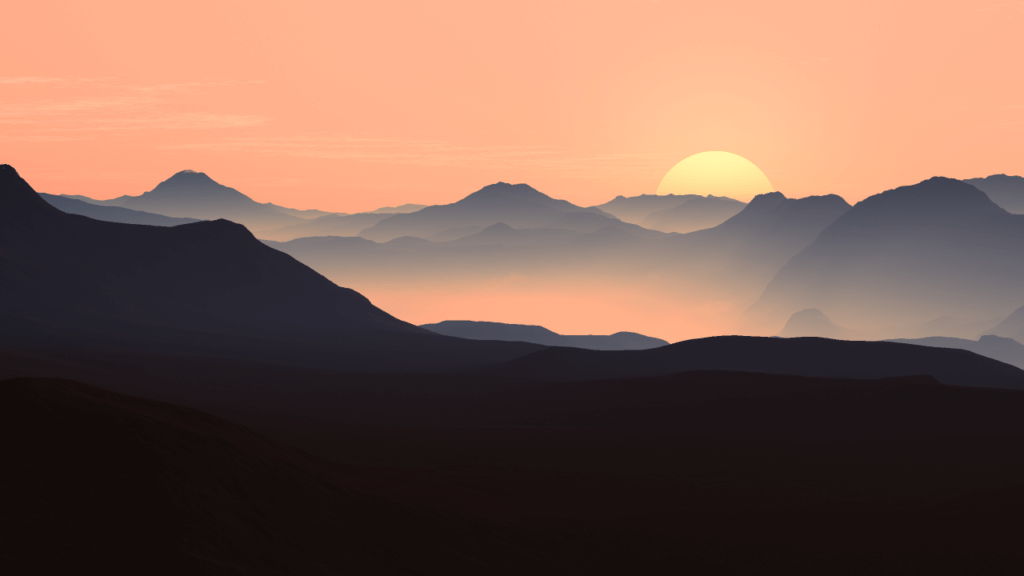
Remember the rules of composition
The same general photography composition tips and techniques used elsewhere are similarly useful in nature photos. A few rules that will help you compose visually attractive and well balanced images include: rule of thirds, or placing points of interest in your image along the thirds of the frame lead lines. Our eyes tend to be impressed by balanced and well-composed photographs so beginner photographers are best off ensuring they focus on their subjects on these techniques.
There are many beautiful natural beauty scenes that break one of these rules, but there is a reason these composition tips are mentioned often. It’s always a good idea to learn how to break them first.
Play Silhouettes
The more distinct a subject, the better silhouette photography would turn out better versus densely populated forests. To take silhouette photos you will need light coming from behind a subject. Shooting from low light also tends to work best.
A tree of a distinct shape may look better to your eye than a pile or two of dense trees that have been hidden inside your final photo. For example, a dog is placed with the profile to make a clearer ice silhouette than a dog facing you.
A dog with a profile will look significantly better than the dog facing me so the picture is much better.
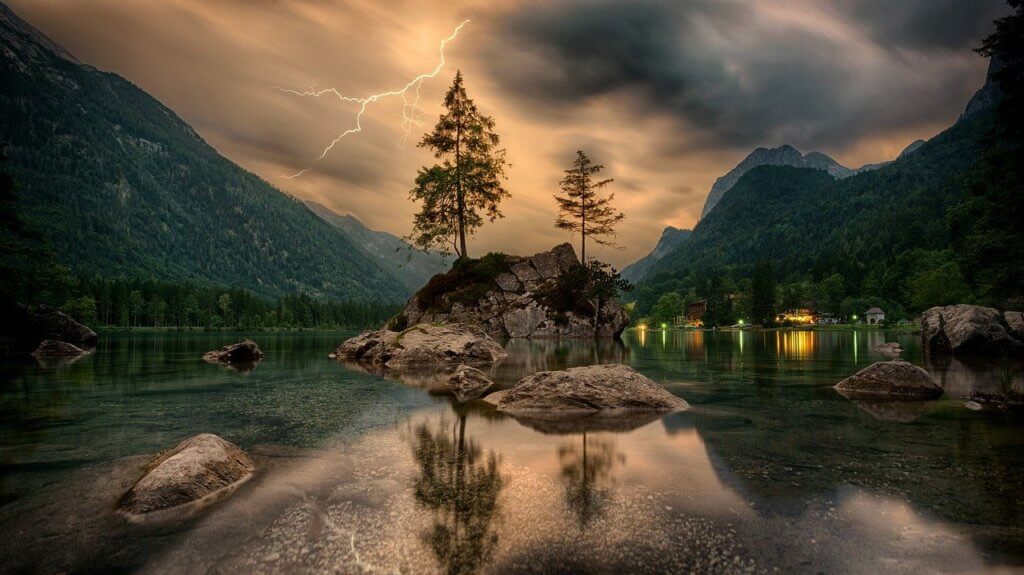
Include movement
Other means of creating interesting nature images is to record movement. If you are shooting underwater you should make the shutter speed long for something like two seconds. To do this you will need a tripod. We’ll go into more detail on the type of gear you’ll need to use to capture nature pictures later in the article.
Take shots from the footage in this style. If you shoot in a part of the world that features active wildlife, you must try these techniques.
Shoot at different times of day
Each time of the day offers its own unique color temperature and lighting conditions which enable different types of photos. An image taken to the same place can look quite different in the morning at midday in the evening and at night. It is one of the cool things about taking landscape pictures and nature photos. The elements of curiosity and surprise are particularly pleasing.
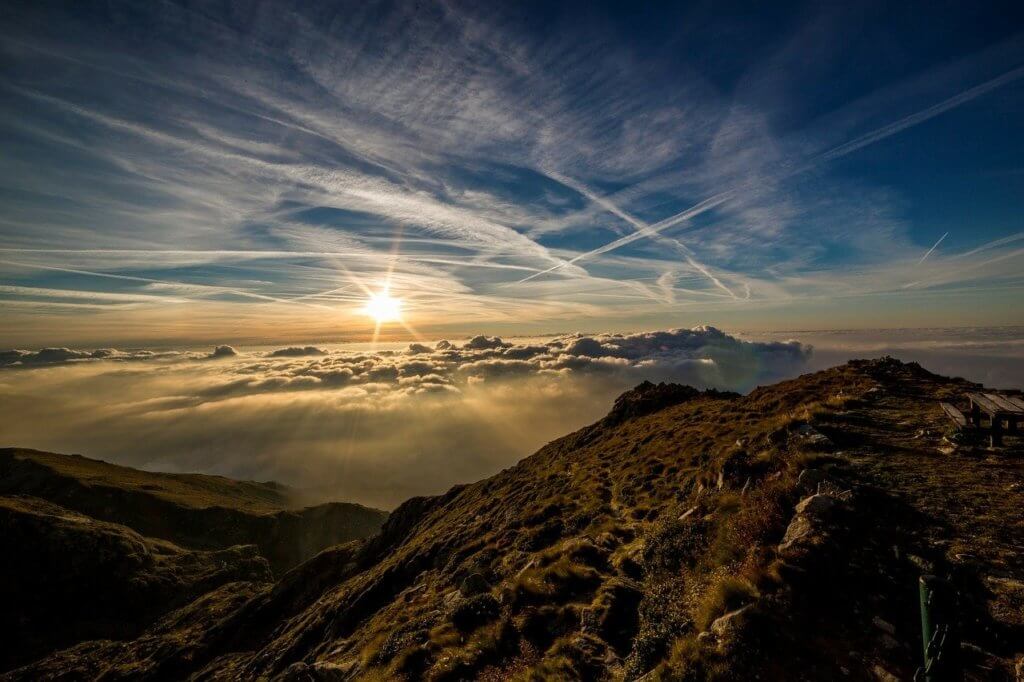
Capture Reflections
The water is a good option for many spectacular nature photos as well as doubled as the reflection of the scene. Avoid harsh light and shoot immediately after sunrise or even at dusk to get the best reflections. So you can also get the gorgeous warm evening light or the calming cool morning hue. However, you cannot record any reflection in the light for any time of the day.
Choose different subjects
No one requires life to exist to take gorgeous photographs of mountains. Sometimes the best photographs are of unusual subjects, so you have to look at scenes that you can get. It may be a nearby park or wildlife area or a cityscape nearby. The best portraits of landscapes tend to be often unexpected.
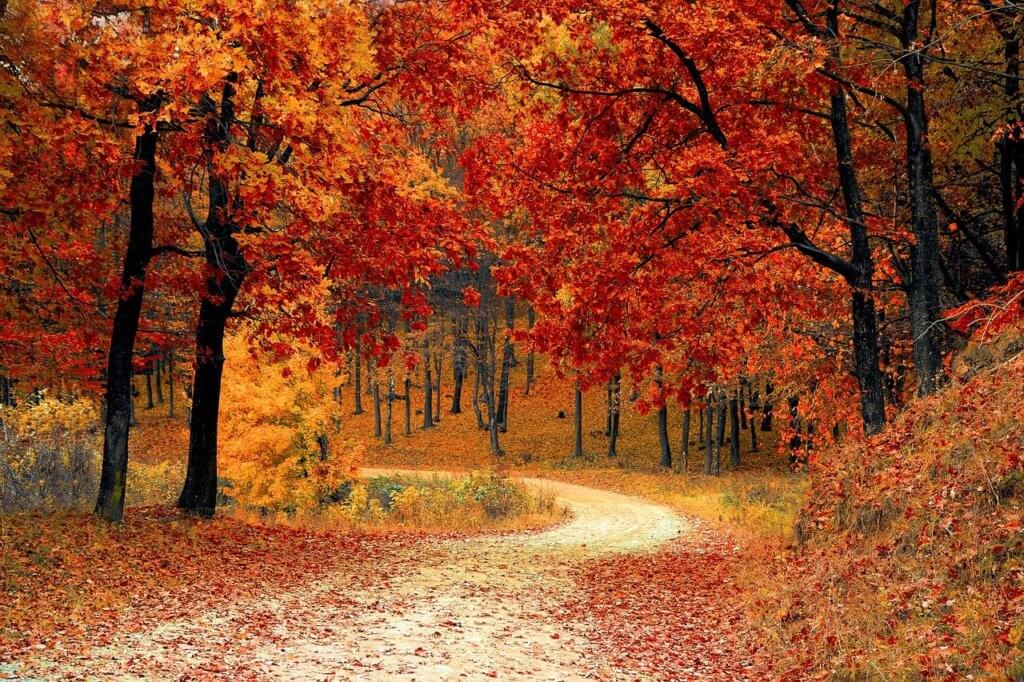
Essential Landscape Photography Techniques
There are tips that you can utilize to improve your landscape photograph for the future trip you are headed toward the park when your trip is over. As with any photographic technique any landscape has its set of nuances and intricacies.
Technique #1. Shoot with a small aperture
Many landscape photographs feature a large field of view so the whole image remains focussed. So you have to shoot at lower-than-F-08 apertures.
Technique #2. Reduce camera shake
Camera shake reduces image clarity so in landscape photos make sure you use a suitable shooting platform such as a tripod or a remote shutter release. Camera movements cause enemy behavior.
Technique #3. Horizontal placement
Observation Rules of Thirds Explained: Place the distances on both corners of the frame.
Technique #4. Lighting
The hours just before and after sunset (Blue Hour) as well as the hours just after sunrise and before sunset (Golden Hour) provide prime conditions for lighting. Shooting in these periods can change the landscape dramatically. Get used to Blue and Golden Hours.
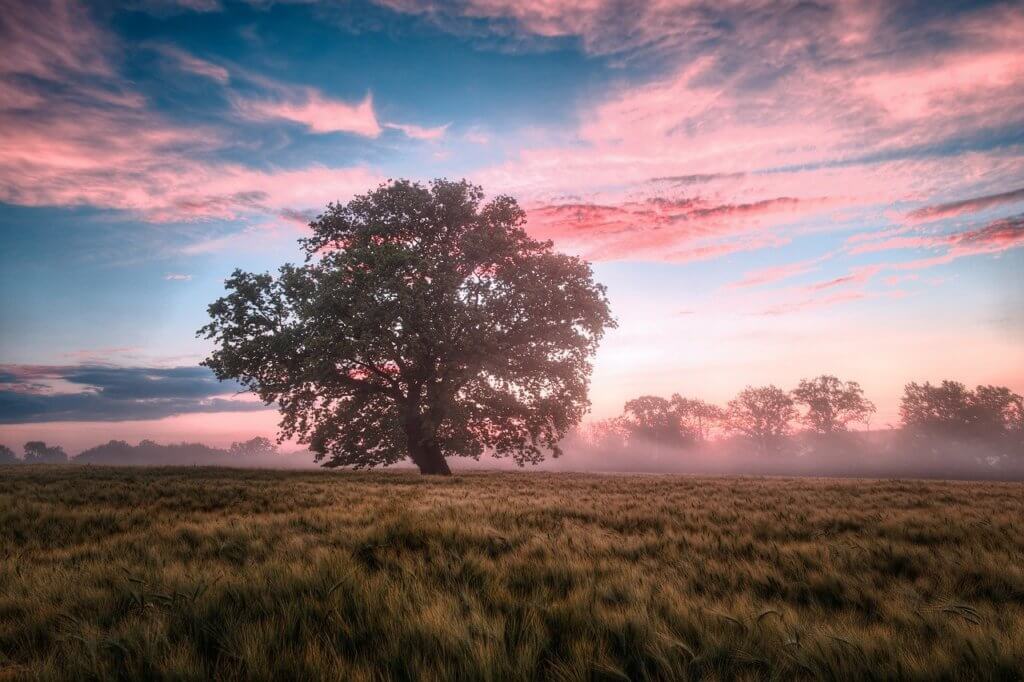
Conclusion
Landscape photography is a hobby – but it is also a way to view the world. It may seem like a lonely search to stand in front of my tripod in the middle of the mountains with no other sign of civilization in the vicinity of.
When you have viewers into a scene you give them a feel of the life you created then it’s called landscape photography.
You’re not able to take photos of people, but the goal of your work is always shown to them what you took.
Landscape photographers can always count on a handful of dedicated sleepy photographers to be there and I will be one for a long time.
What are the types of landscape photography?
There are six different kinds of landscape photography. Definitions of five types of landscape photography – Nature photography taken outdoors and concentrated on exposing natural elements such as landscapes, wildlife plants, and closeups of natural scenes and textures. … The natural world is wonderful.
How do I get better at landscape photography?
What will you do with your outdoor photo? Shoot at golden hour. Shoot at sunrise or sunset and create an amazing scenery. …. Keeping everything straight. Keep it. …” Get Right Focus Points. … Use simplicity composition. … Use filter. … Stay small. … Consider your photos as the story… Make light deeper and add depth.
What settings should I use for landscape photography?
Landscape photography is very flexible depending on the camera settings you’re using. In general use a tripod can be used as a tripod with minimum aperture and minimum ISO 200 and a lens speed of between 1-10.3 seconds.
